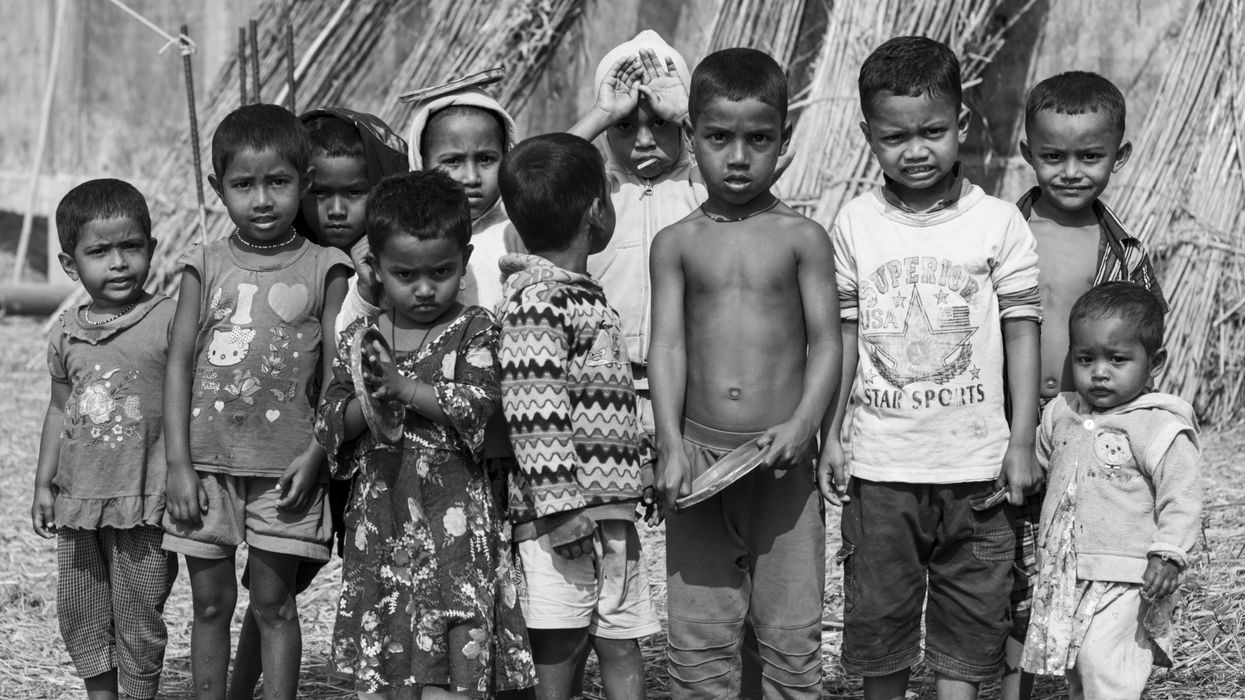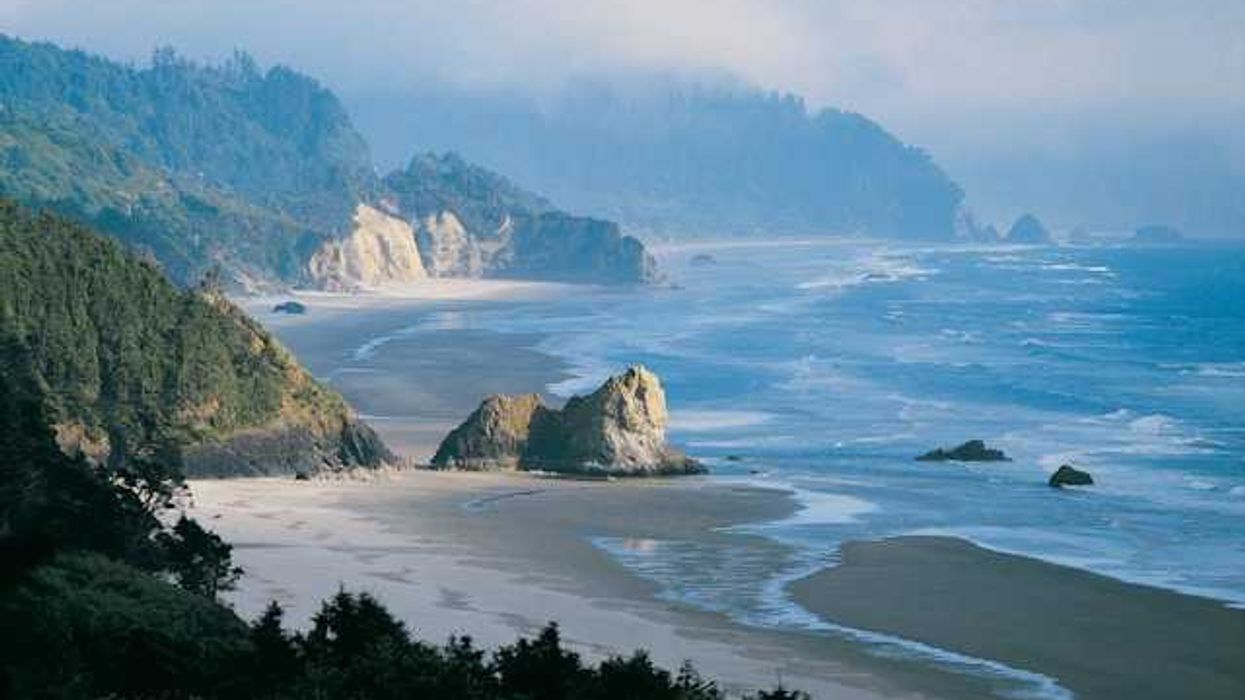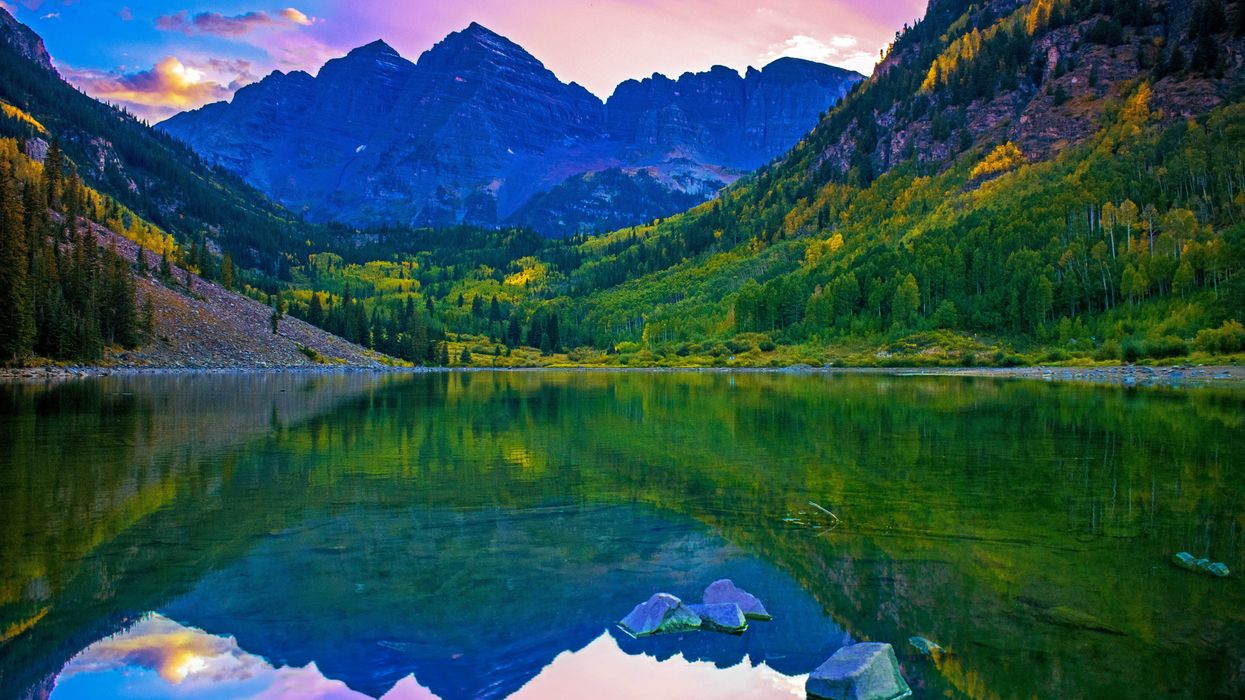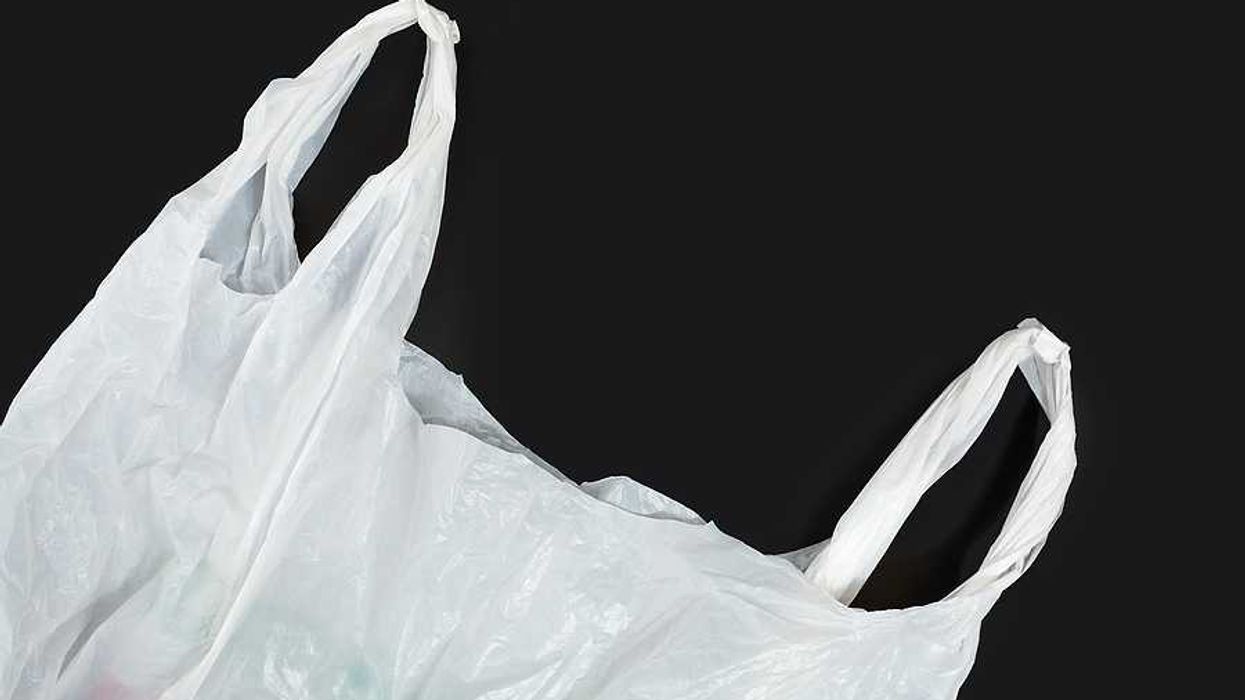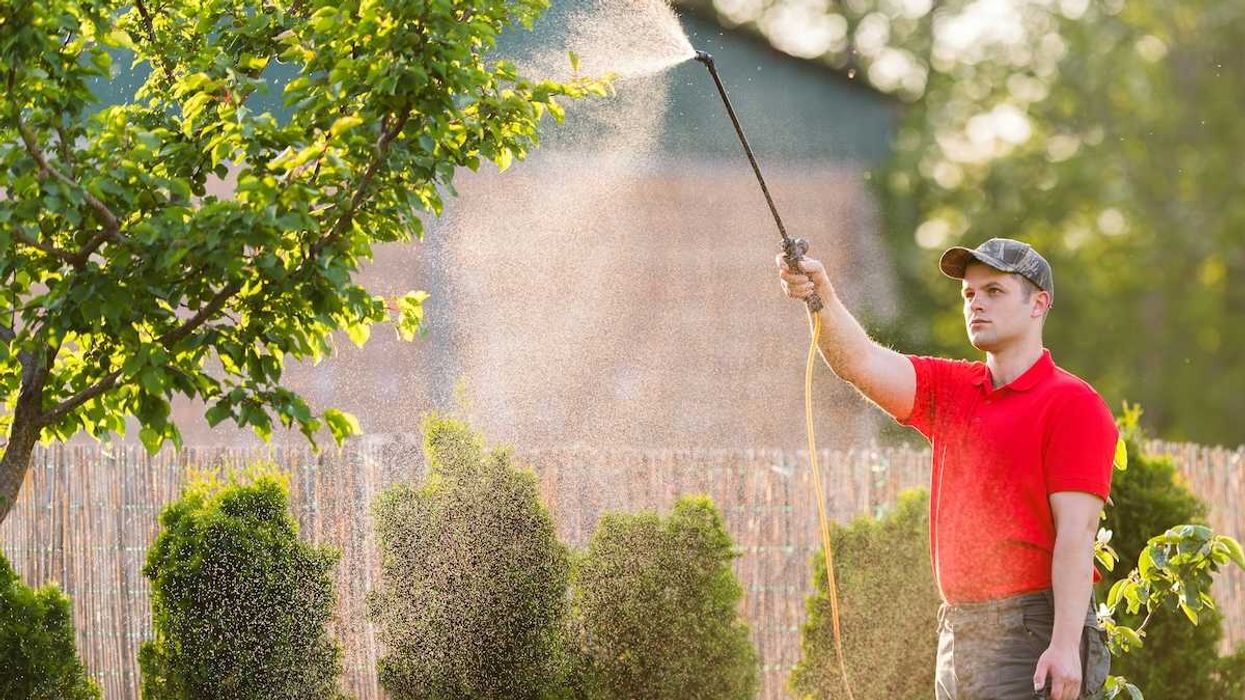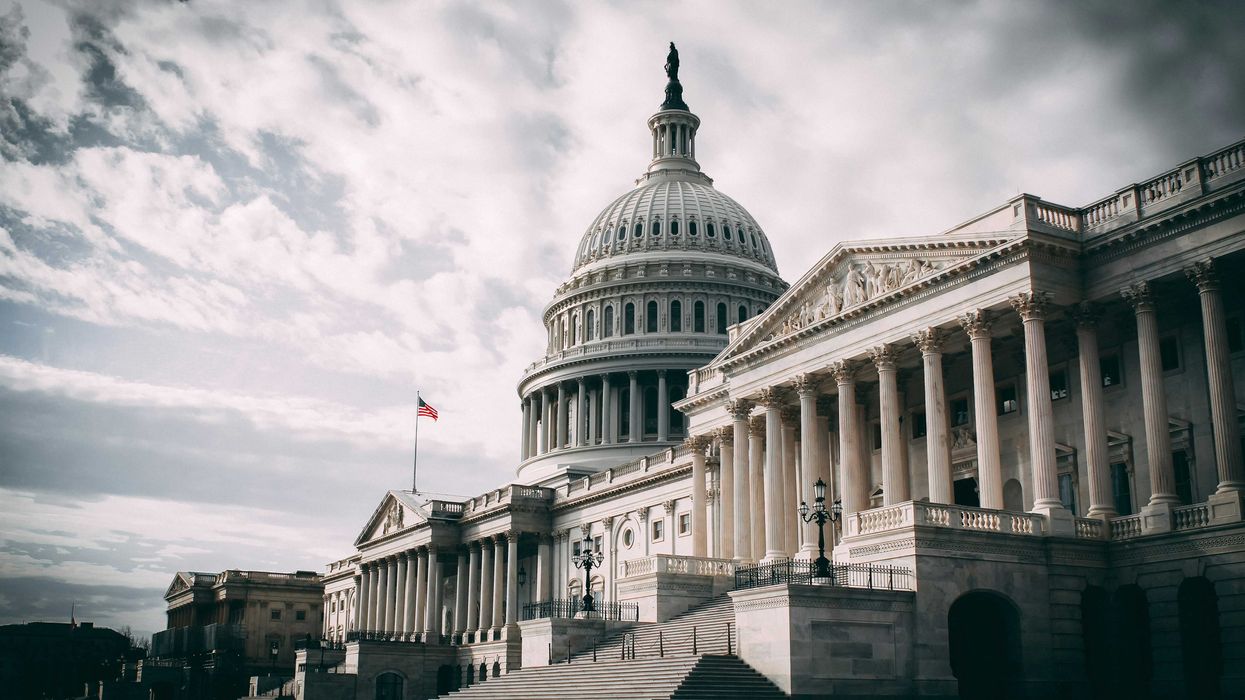As temperatures in Coober Pedy, Australia, soar past 100 degrees Fahrenheit, many Indigenous residents suffer in sweltering public housing while wealthier white residents stay cool in underground homes.
Michael E. Miller reports for The Washington Post.
In short:
- Coober Pedy’s underground homes, originally created by white opal miners, provide natural insulation from extreme heat, while many Indigenous residents live aboveground in poorly ventilated public housing.
- Skyrocketing electricity costs force some Aboriginal residents to go without air conditioning, leading to life-threatening conditions; one woman, whose broken AC left her house over 100 degrees, had to be airlifted to a hospital.
- Researchers warn that climate change will worsen Australia’s temperature extremes, disproportionately harming Indigenous communities that already face economic and housing struggles.
Key quote:
“The heat is already unbearable, and climate change is just going to get worse. Our mob has been abandoned.”
— Priscilla Larkins, CEO of the Umoona Tjutagku Health Service
Why this matters:
Rising temperatures hit marginalized communities hardest, worsening existing racial and economic inequalities. What’s happening in Coober Pedy reflects a broader global pattern. In many regions, low-income and Indigenous populations are disproportionately affected by climate change, with fewer resources to adapt. From Native American communities in the U.S. facing water shortages to marginalized groups in urban heat islands worldwide, the climate crisis continues to deepen racial and economic divides. Scientists warn that without urgent interventions, these inequities will only become more pronounced, leaving vulnerable communities to bear the brunt of a warming world.
Read more: Trump’s climate aid cuts leave poor nations struggling with extreme weather


